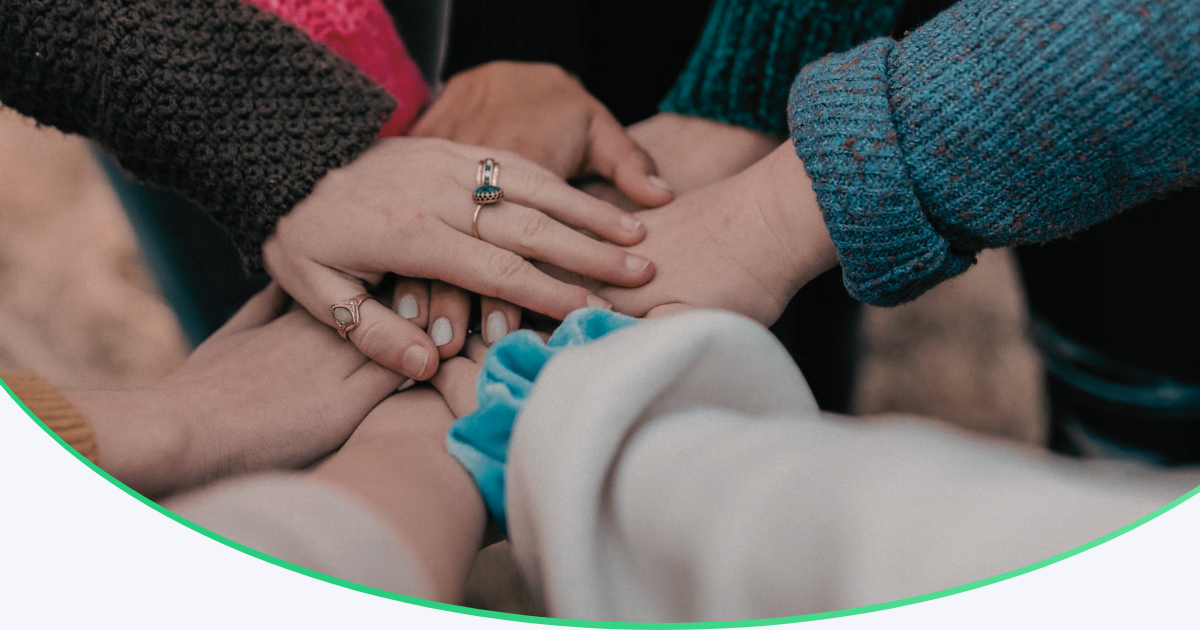What are energy communities and how they work?
Forget paying energy suppliers for gas or electricity each month. Switch to energy self-sufficiency, join a local energy community and do a huge favour for your grandchildren. Since mid-2021, anyone in the EU can set up an energy community. Here’s how.
My small garden
Imagine that the residents of a community run a community garden, where everyone grows their own fruits and vegetables on a large plot of land. Each member of the garden also exchanges or sells the surplus they produce if necessary. On the one hand, this creates a community, that involves knowledge sharing, and on the other hand, participants can share the tools and vehicles needed for production. By doing so they are making self-sufficiency cheaper and more efficient.
Archipelago of energy islands instead of an energy island.
Energy communities implement a similar principle of locally produced, shared and consumed energy supply like the one of the shared gardens. In contrast to individually operated renewable energy systems, community operation allows for a higher share of renewable energy consumption and provides close to full self-sufficiency on an annual average. A comprehensive reform of the energy supply to households and community buildings and institutions is key to achieve the EU’s 2030 target of fifty-five percent greenhouse gas emission reductions and climate neutrality aimed for by 2050. Locally produced and consumed energy will play a key role in both.
In addition to meet the household electricity demand from renewable sources, the electrification of heating systems, the operation of air conditioners from renewable energy sources and improving the energy efficiency of households are all EU priorities.
Therefore, there are significant EU fundings earmarked for these purposes in the 2019-2024 financial cycle. The direction is clear: to promote and spread renewable energy production and distribution in Europe as efficiently as possible.
Everything devoted to greening
In 2019, the EU adopted a binding directive for Member States requiring governments to create a legal framework in which energy communities can be set up, function and ultimately contribute to meeting Europe’s meet climate targets.
This is a radical change in most EU countries, where energy trading was previously a market typically with high entry barriers licences for energy producers to enter the market usually difficult-to-get. By July 2021, the Electricity Act was amended in all Member States, including Hungary, and the legal categories of prosumer (active user), Active Joint User, Producer-Consumer and the Jointly Acting Producer-Consumer legal categories were introduced.
In addition, in Chapter XIX, Paragraph 158/16 of the Act, the state undertook to “monitor the development of the amount of electricity produced and consumed by prosumers, prosumers acting jointly, producer-consumers, producer-consumers acting jointly, renewable energy community or energy community, the establishment of energy communities, the spread of aggregator activity, identify the obstacles to their development and make proposals to the Minister for their elimination”. Accordingly, must be underlined that this is a nascent and still fine-tuned market. Though it is clear that the sector will attract significant innovation and investment until the end of the decade and beyond.
What does the transition mean for Energy Community members?
Whether it’s individual homeowners, condominium associations or community buildings/municipalities, energy community membership is a model that works everywhere.
Moreover, the more diverse the energy consumption patterns of members, the more they can help each other. Accordingly, the ideal energy community would include not only active household users but also public buildings (schools, municipalities, community spaces) and even small businesses. This counterbalances the low consumption in households during the day hours and the low consumption in schools at home with the peak energy demand in homes in the evening and morning, while workplaces and public institutions do not consume much energy. In practical terms, grid-connected renewable energy in urban spaces is mainly achieved through automatic and optimised energy exchange by solar systems. In practice, this means that house or apartment owners individually or collectively install solar systems in their homes, for which they invest in storage capacity, i.e. batteries.
In addition to the installation of a two-way smart meter, they install an energy metering, distribution and accounting hardware device to digitise their electricity monitoring and feed-back.
The advantage of this is that audited and electricity refeed can now be tokenised. In other words, energy can be traded as a digital energy currency between members of the community or through agreements with other energy suppliers. All this will result in automatic energy exchange, accounting and settlement between members.
Get organised
Ultimately, property owners who install the solar PV system outlined above are “bidding on the future”, partly because they are switching to a near climate-neutral energy supply. Furthermore, they can forget about electricity and heating bills as we know them today for decades to come. Do your children and grandchildren a favour and talk to your neighbours and community members about joining forces for a more sustainable future.
Image source: Unsplash
Tags:
